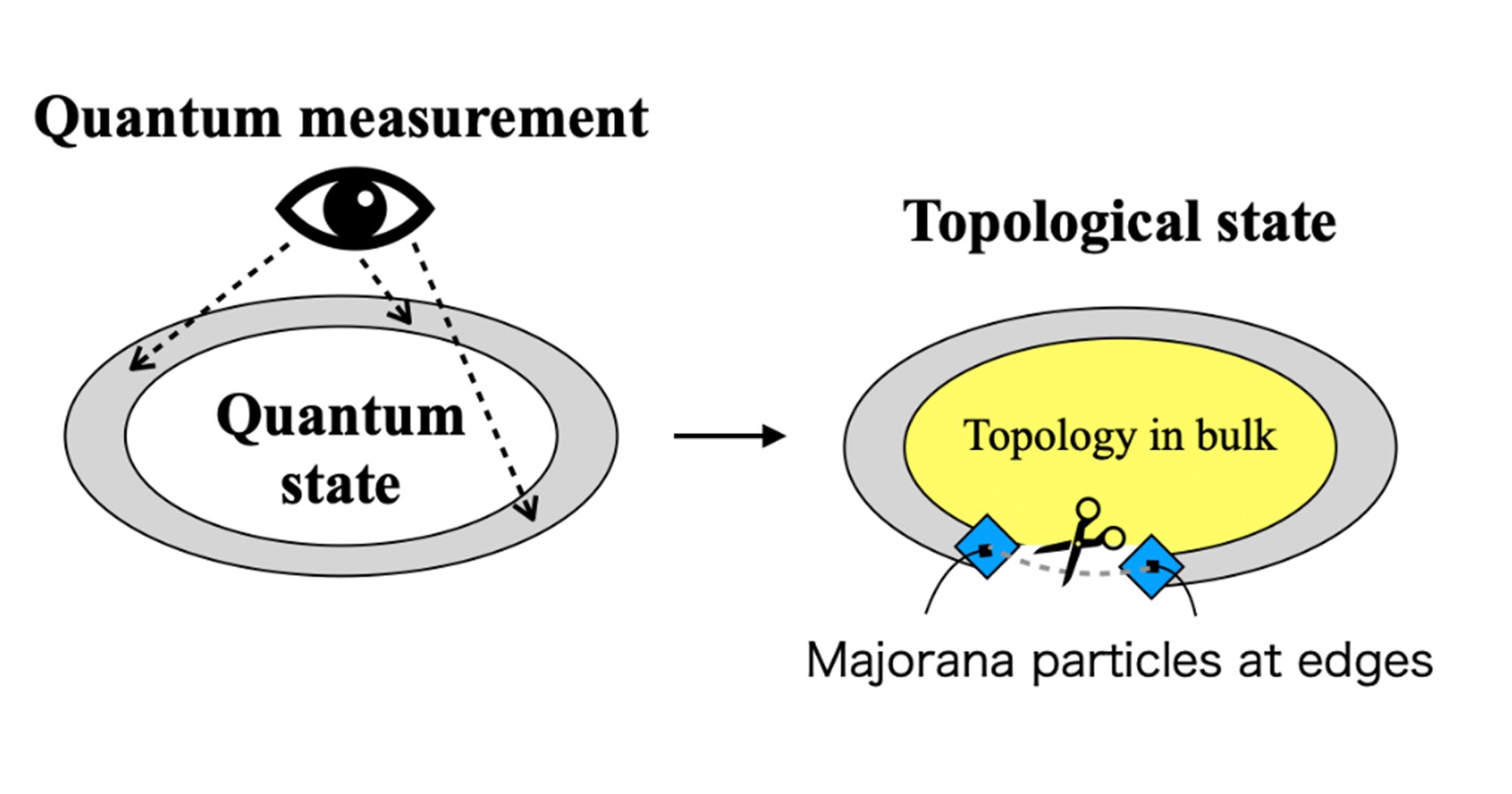Author
Atsushi Yamaguchi, Yudai Shigekawa, Hiromitsu Haba, Hidetoshi Kikunaga, Kenji Shirasaki, Michiharu Wada, Hidetoshi Katori
Thorium-229 (229Th) possesses an optical nuclear transition between the ground state (229gTh) and low-lying isomer (229mTh). A nuclear clock based on this nuclear-transition frequency is expected to surpass existing atomic clocks owing to its insusceptibility to surrounding fields1,2,3,4,5. In contrast to other charge states, triply charged 229Th (229Th3+) is the most suitable for highly accurate nuclear clocks because it has closed electronic transitions that enable laser cooling, laser-induced fluorescence detection and state preparation of ions1,6,7,8. Although laser spectroscopic studies of 229Th3+ in the nuclear ground state have been performed8, properties of 229mTh3+, including its nuclear decay lifetime that is essential to specify the intrinsic linewidth of the nuclear-clock transition, remain unknown. Here we report the trapping of 229mTh3+ continuously supplied by a 233U source and the determination of nuclear decay half-life of the isolated 229mTh3+ to be 1,400(+600/-300)s through nuclear-state-selective laser spectroscopy. Furthermore, by determining the hyperfine constants of 229mTh3+, we reduced the uncertainty of the sensitivity of the 229Th nuclear clock to variations in the fine-structure constant by a factor of four. These results offer key parameters for the 229Th3+ nuclear clock and its applications in the search for new physics.
References
-
Peik, E. & Tamm, C. Nuclear laser spectroscopy of the 3.5 eV transition in Th-229. Europhys. Lett. 61, 181–186 (2003).
-
Peik, E. & Okhapkin, M. Nuclear clocks based on resonant excitation of γ-transitions. C. R. Phys. 16, 516–523 (2015).
-
Beeks, K. et al. The thorium-229 low-energy isomer and the nuclear clock. Nat. Rev. Phys. 3, 238–248 (2021).
-
Peik, E. et al. Nuclear clocks for testing fundamental physics. Quantum Sci. Technol. 6, 034002 (2021).
-
Campbell, C. J. et al. Single-ion nuclear clock for metrology at the 19th decimal place. Phys. Rev. Lett. 108, 120802 (2012).
-
Klinkenberg, P. F. A. Spectral structure of trebly ionized thorium, Th IV. Physica B+C 151, 552–567 (1988).
-
Campbell, C. J. et al. Multiply charged thorium crystals for nuclear laser spectroscopy. Phys. Rev. Lett. 102, 233004 (2009).
-
Campbell, C. J., Radnaev, A. G. & Kuzmich, A. Wigner crystals of 229Th for optical excitation of the nuclear isomer. Phys. Rev. Lett. 106, 223001 (2011).
Nature: https://www.nature.com/articles/s41586-024-07296-1
You May Also Like
These Related Stories

Bulk-edge Correspondence in Measurement-induced Topological Phases


